
Hidden Georgia Tech: The Robert C. Williams Museum of Papermaking
By Victor Rogers january 22, 2018
Across the Georgia Tech campus, hidden spaces and forgotten places await rediscovery. Some are relics of an earlier time, difficult to find and explore. Others are very much in view, but often overlooked. Hidden Georgia Tech is a photo essay series highlighting places on campus that are hidden in plain sight.
THE ROBERT C. WILLIAMS
MUSEUM OF PAPERMAKING
The Robert C. Williams Museum of Papermaking, located in the Renewable Bioproducts Institute at 500 10th Street, is a research institution and public museum dedicated to the preservation of the history of paper and paper technology.
The museum, originally called the Dard Hunter Paper Museum and located at the Massachusetts Institute of Technology, began in 1939 and is home to the largest collection of paper and paper-related artifacts in the world.
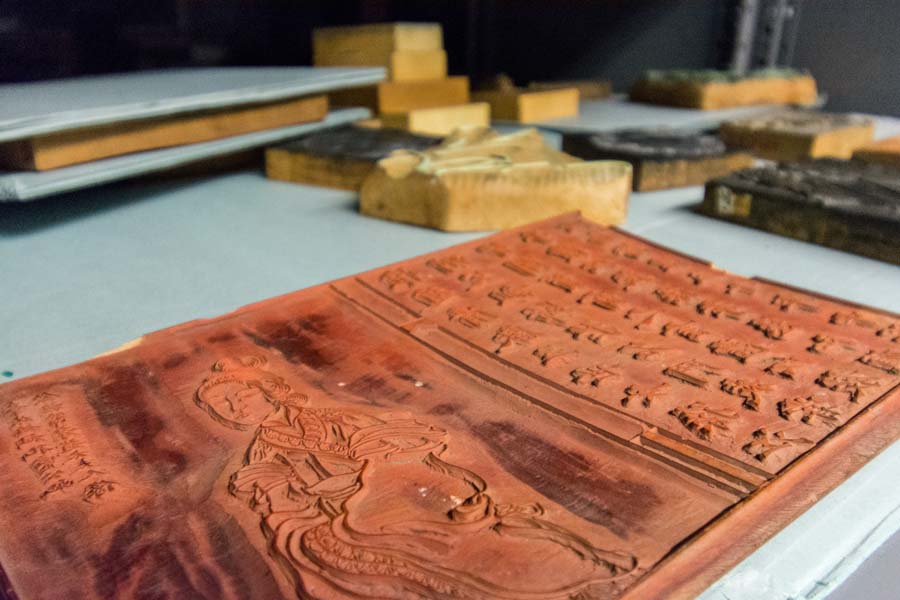
The museum has an extensive collection of more than 10,000 watermarks, papers, tools, machines, and manuscripts. This is a Chinese wood block, used for printing.
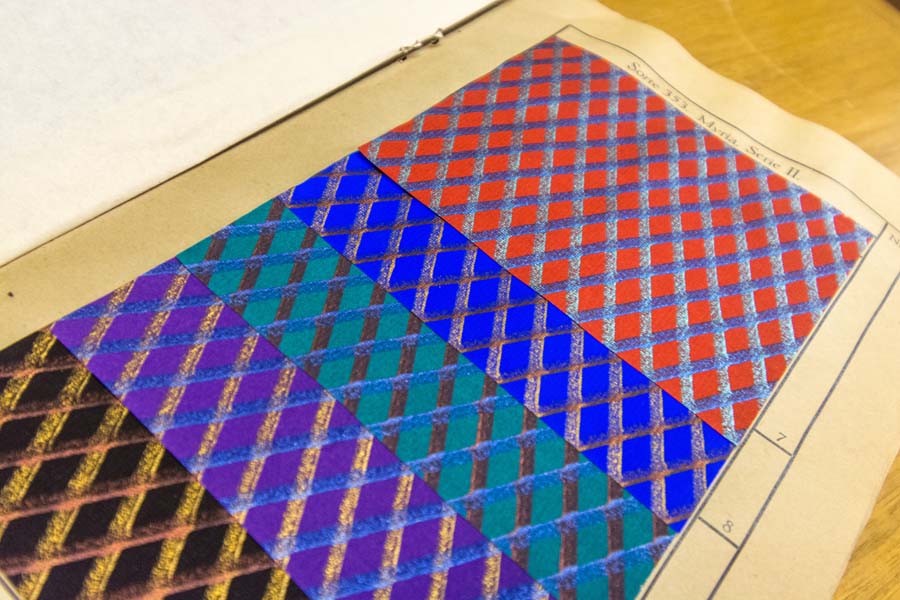
This is a sample book of decorative papers manufactured by a German company in 1928.
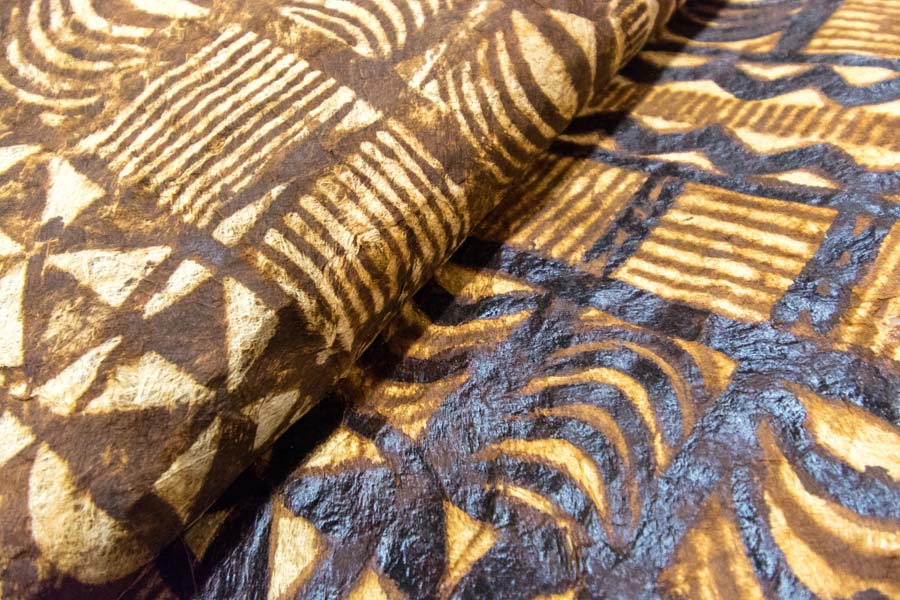
These pieces of bark cloth are also called “tapa.”
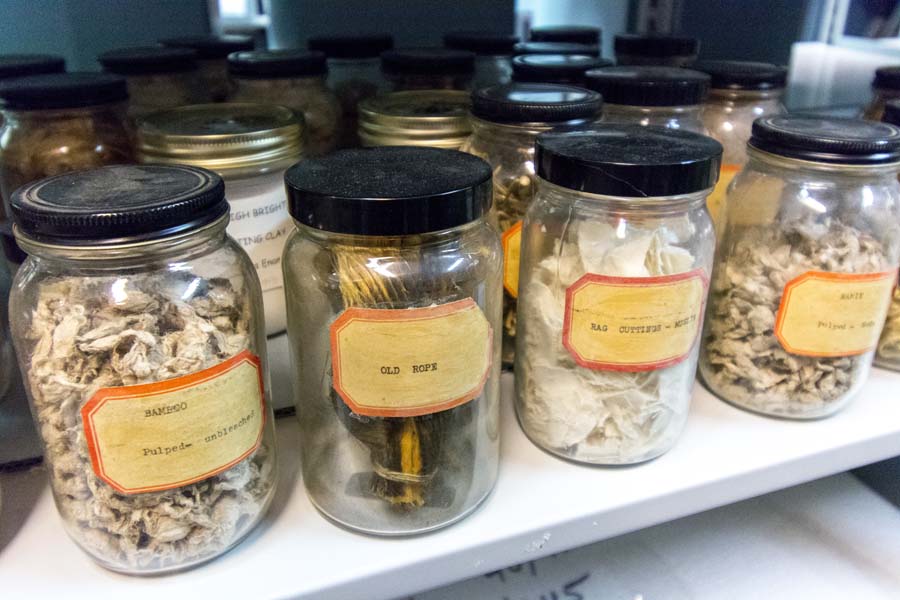
Samples of materials used to make paper, including bamboo, old rope, rag cuttings, and ramie are meticulously labelled.
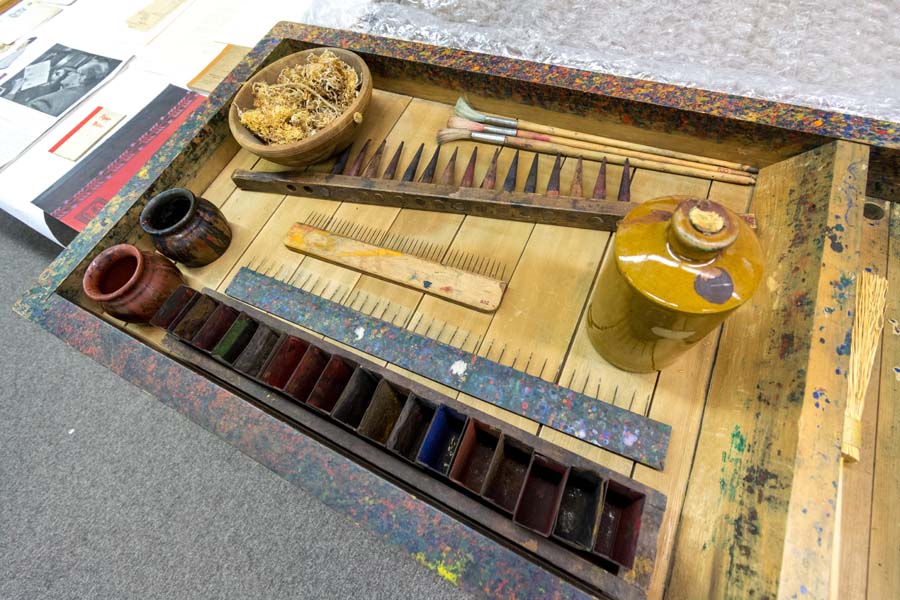
This tray, shown with rakes, combs, and paint containers, was used for marbling paper.

Before paper was invented in China, Europeans used sheets of parchment — usually the skin of a sheep, goat, or cow — for writing.
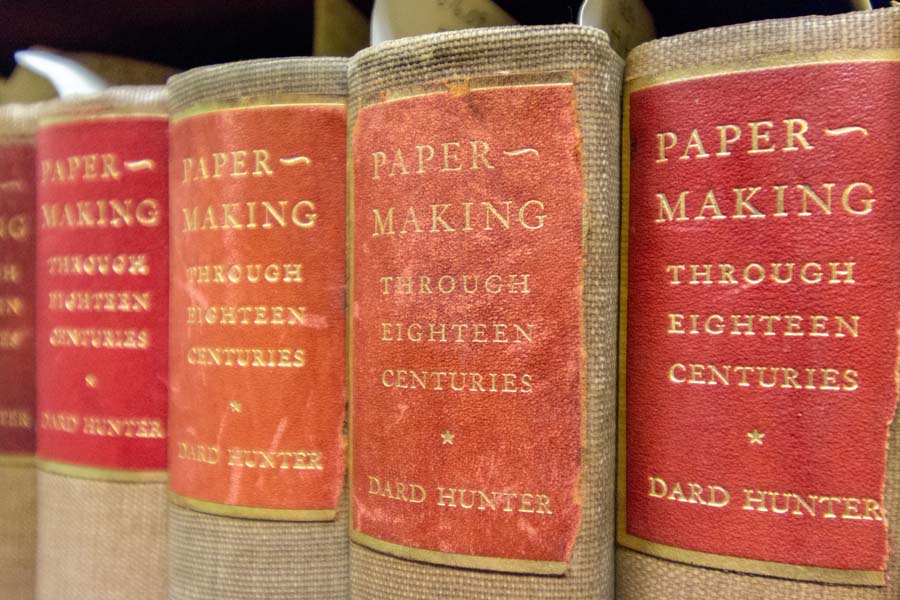
Museum founder Dard Hunter, author of Paper-Making Through Eighteen Centuries, was a paper historian who traveled the world studying and documenting papermaking techniques.
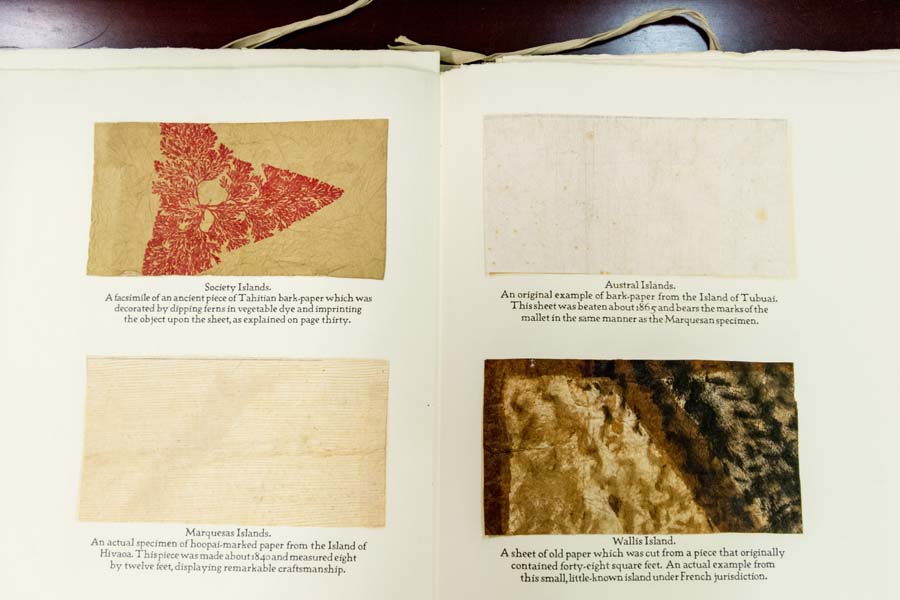
The Paper Museum has more than 2,000 books, including this one that features handmade papers from Japan.
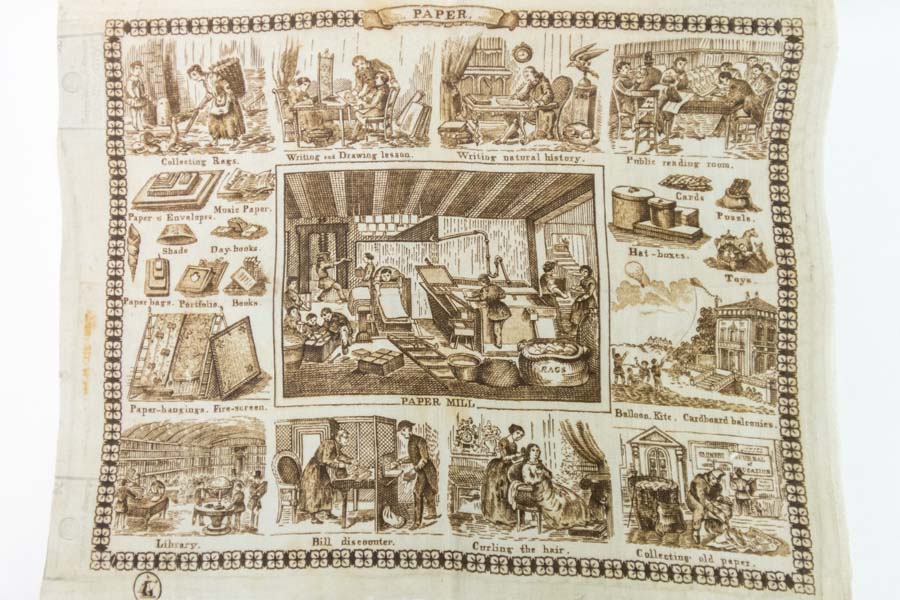
This illustration of the various uses of paper was stamped by paper historian Dard Hunter.
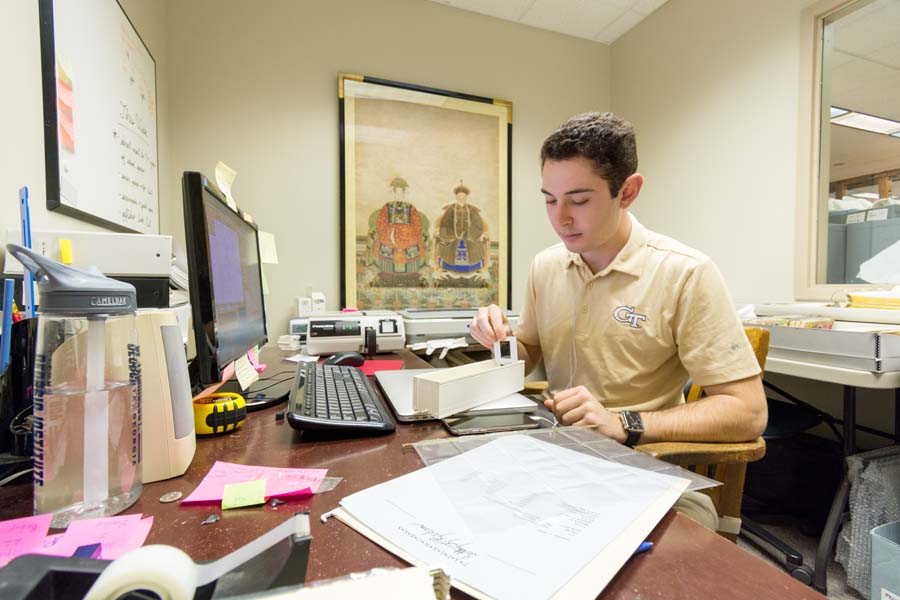
Industrial design student Josh Madwed is digitizing the museum’s slide collection of paper artists.

Some of the museum’s older books, such as this one from 1862, are in need of repair. A volunteer book conservator helps make repairs.
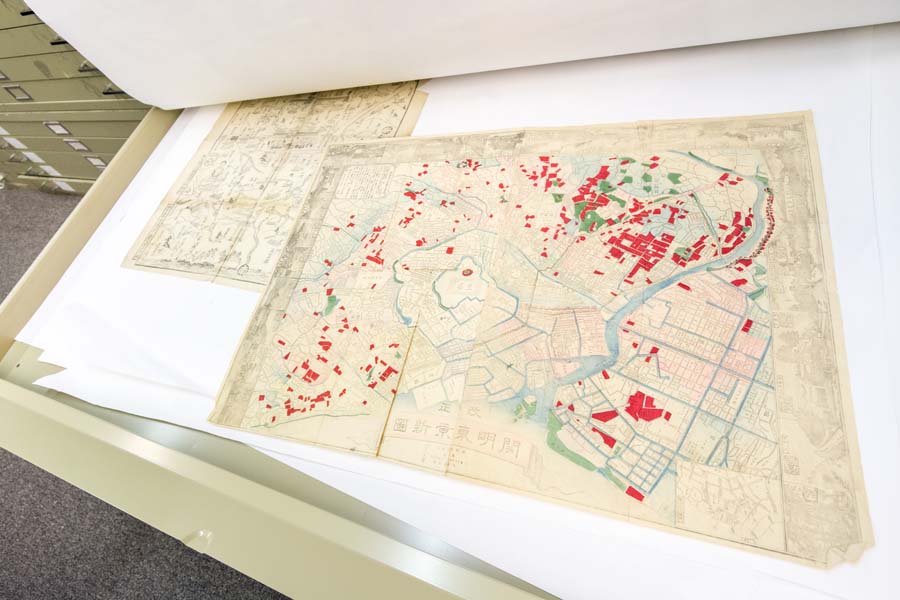
This is a tourist map of a Japanese city, from the 1930s.
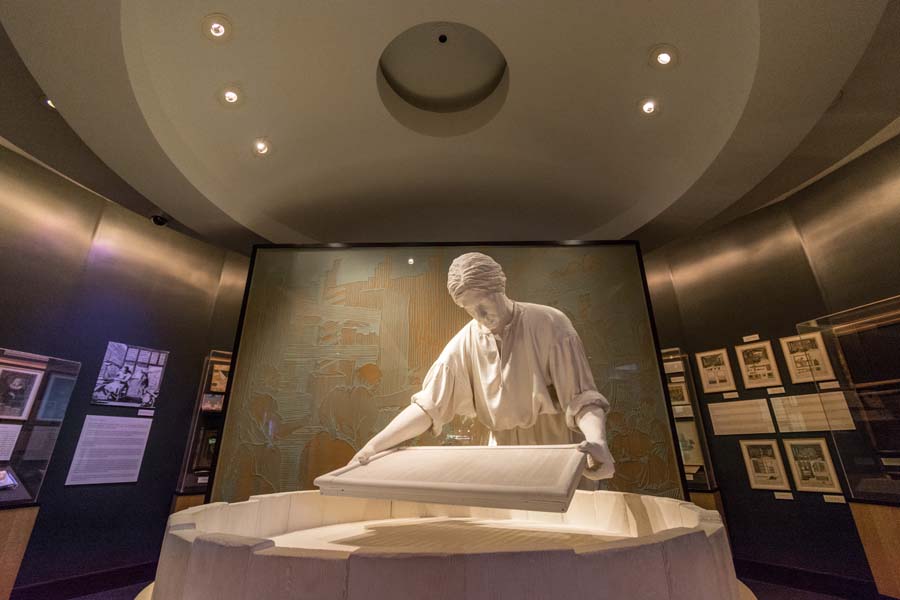
This statue portrays a papermaker using a mold and deckle to make paper.

Close-up of a mold and deckle used to make paper.
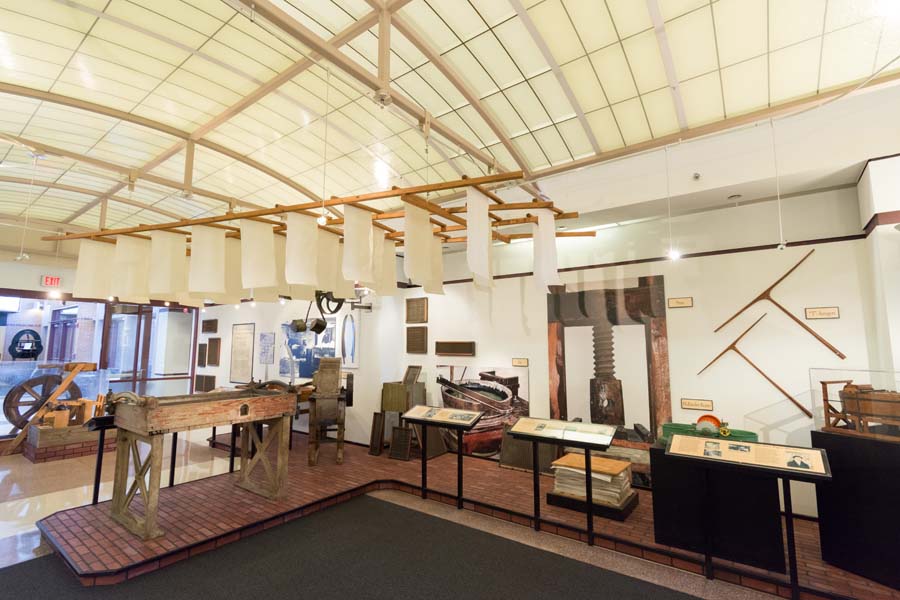
A permanent exhibition space called the George W. Mead Education Center shows the science and technology used in papermaking.
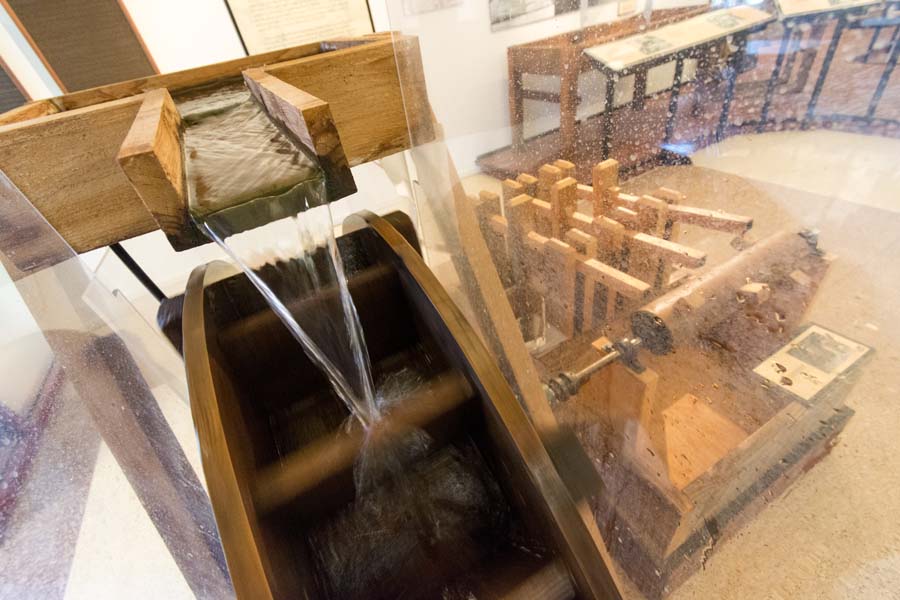
Waterwheels were used to grind rags into pulp for papermaking. This model is part of the education center.
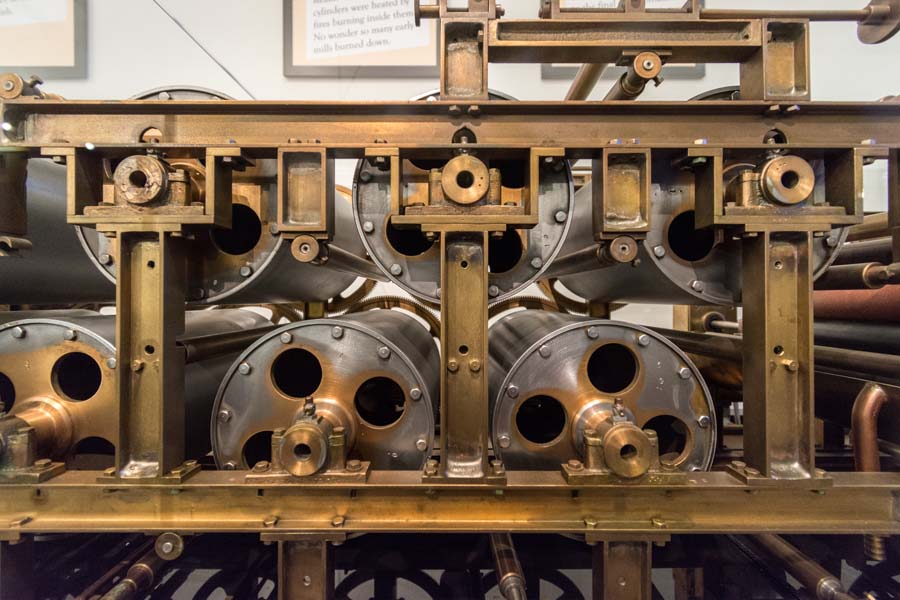
This sample paper machine shows the industrialization of papermaking.
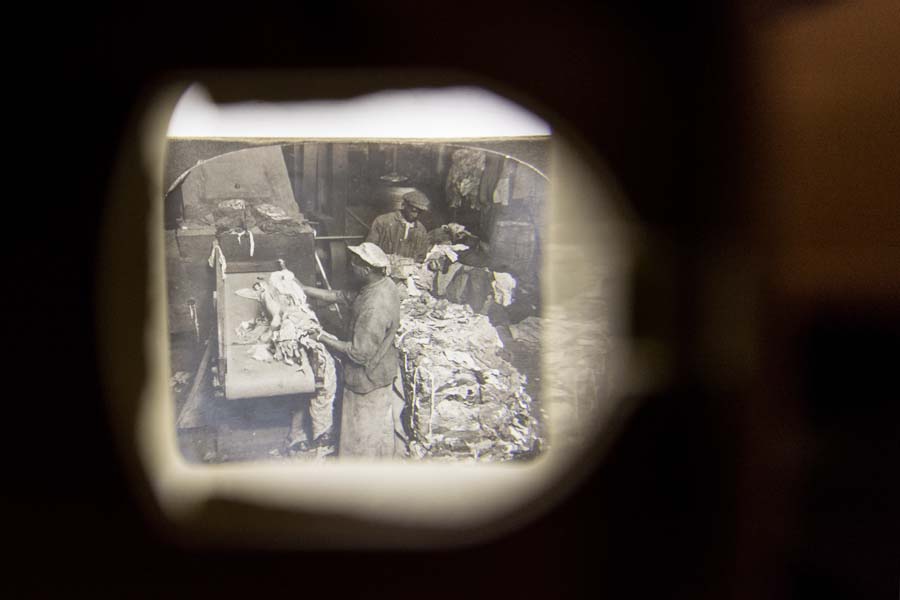
Archival photos provide insights into the early days of papermaking factories.
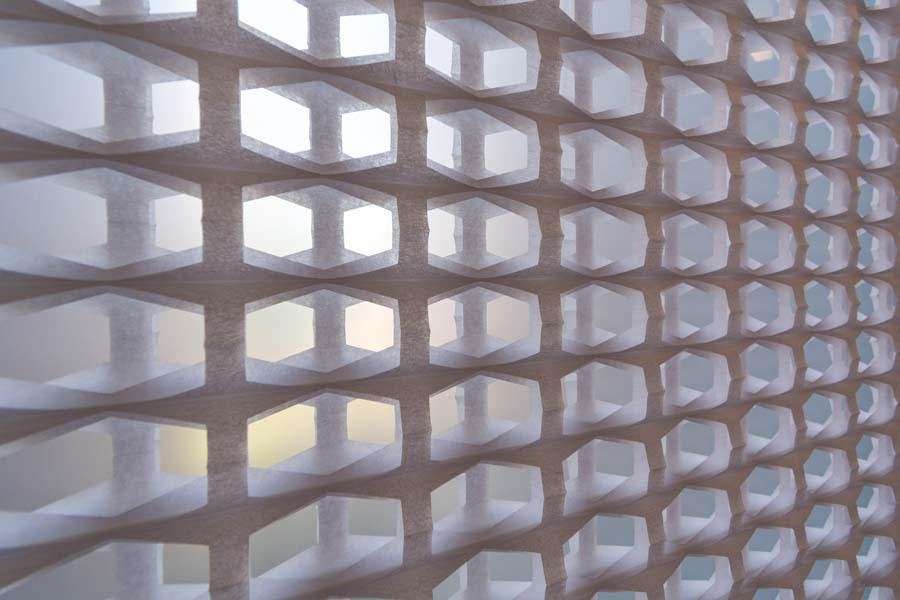
This window shade is made of paper.
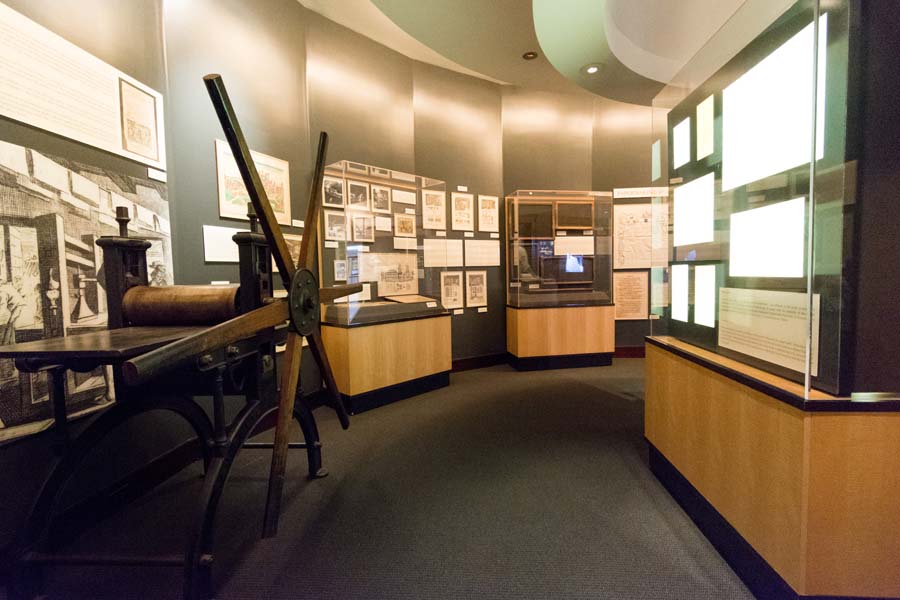
A permanent display walks museum visitors through the history of papermaking from its origins in China, to Korea, Japan, Europe, and America.
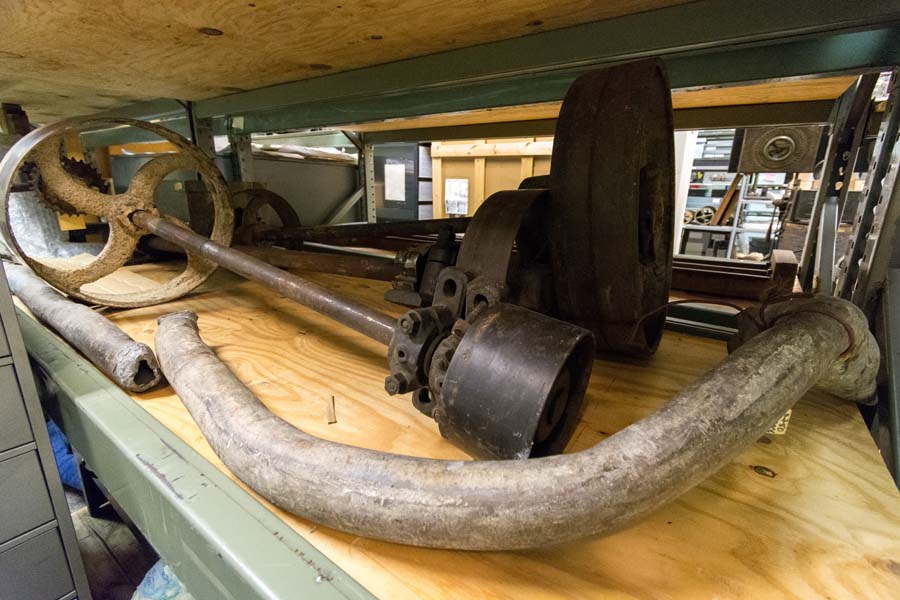
The museum has an assortment of papermill parts from the 19th century.
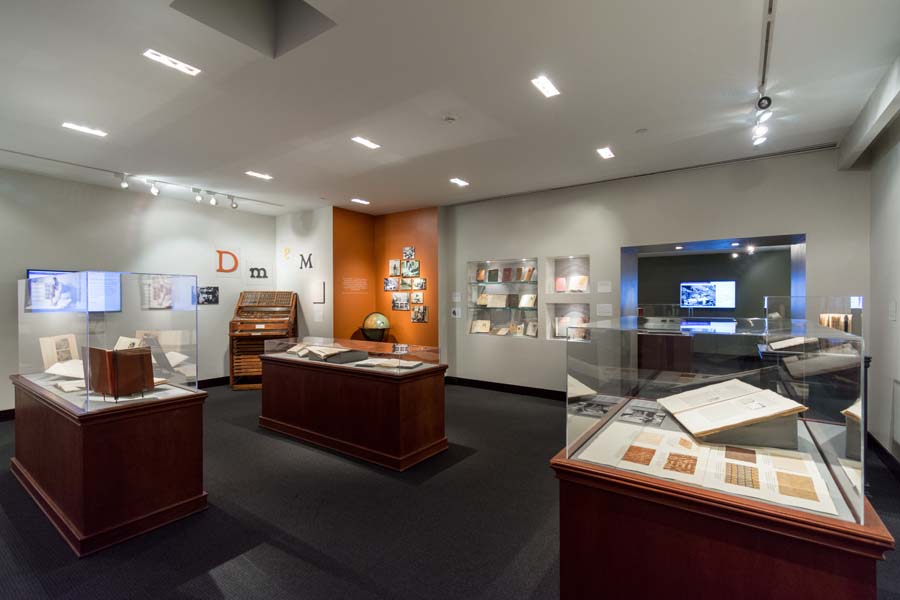
Dard Hunter’s collection, featuring the works of the museum’s founder, is on display.

This two-tiered typecase holds letters used for type-setting. The top tier or “upper case” holds capital letters, and the bottom tier or “lower case” holds small letters.

Virginia Howell, the museum’s education curator, gives tours of the museum. For more information, call 404-894-5700 or see paper.gatech.edu.

